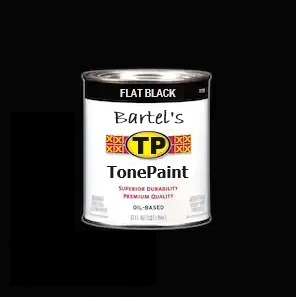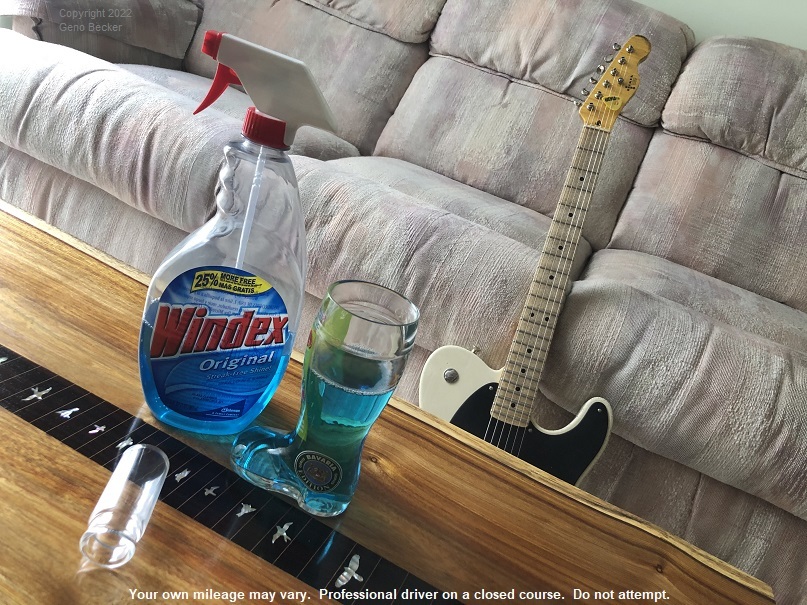Uncle Daddy
Friend of Leo's
I recently bought an amp cab from Mojotone that's painted none more black inside, and though I haven't checked it for conductivity yet, I was wondering if it could be shielding paint like the sort you sometimes find in pickup cavities.
Anybody given it a try?
Anybody given it a try?



